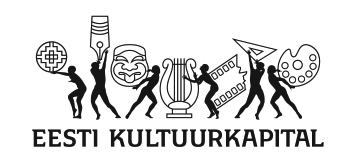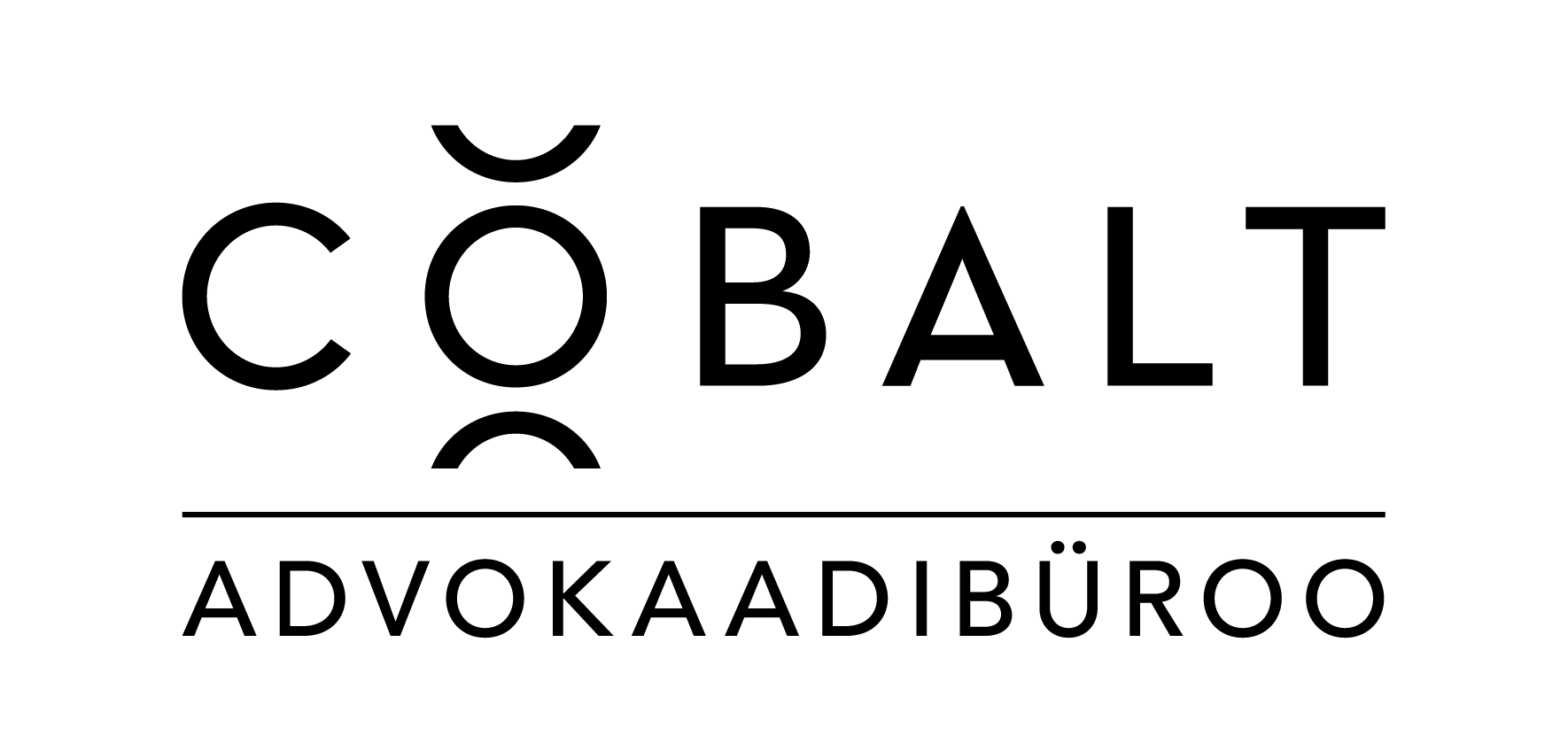Kaljo Põllu: A Mythological Ancient World
Kaljo Põllu (1934–2010) was a legend in his lifetime. He significantly influenced the Estonian art scene with his spectacular oeuvre and innovations in artistic thought. He was an art lecturer for several generations of students and a leader of scientific expeditions to investigate Finno-Ugric national heritage.
In Estonian art history, Kaljo Põllu holds a unique twofold position. He was one of the leading figures of the Estonian avant-garde art during the 1960s. His works of this period are definitely among the greatest treasures of Estonian pop, op and kinetic art. At the beginning of the 1970s, Kaljo Põllu’s oeuvre witnessed a radical change. Instead of continuing active and experimental interaction with Western neo-avant-garde art, the artist began to fully concentrate on Estonians’ roots, our ancestors’ mythical world view and the ancient culture of Finno-Ugric kindred people. For the artist, it was essential to travel back in time, to the very beginning, thousands of years in the past, to the sources of the national culture: to be able to understand the present and future through the past. Delving deeply into the ancient culture of his own nation and interpreting it in expressive visual language became Kaljo Põllu’s life’s work, revealing his true identity and creative credo.
Põllu was among the Estonian artists who in their works of impressive visual language deeply reflected beliefs and ancient myths of our ancestors, as well as views of Finno-Ugric and Nordic peoples generally. The artist delved into these topics and, with a highly characteristic style and suggestive mezzotint technique, created voluminous series of graphic sheets: Ancient Dwellers, Kali People, Heaven and Earth, Estonian Landscapes and Enlightenment. A selection of the works of these series forms the central part of the exhibition. With these works, which act as skilfully constructed gates into ancient times, Kaljo Põllu told stories about our ancestors’ views and beliefs, legends and myths, dwellings of gods and humans, the creation of the world, mythical totem animals, natural powers, and the harmonious co-existence of people and nature.
Kaljo Põllu was twice awarded the Kristjan Raud Art Award. He also earned the Jakob Hurt National Culture Award, the University of Tartu “Contribution to National Identity” award and the Estonian State Cultural Award. He was awarded the Order of the National Coat of Arms, fifth class and was elected a doctor honoris causa of the Estonian Academy of Art and the University of Jyväskylä in Finland.
His oeuvre has been displayed at exhibitions in several countries. The present exhibition, “Kaljo Põllu. A Mythological Ancient World”, in the Adamson-Eric Museum was preceded by exhibitions of Kaljo Põllu’s works in Japan. The exhibitions of 2018 and 2019 in Japan were organised to celebrate the 100th anniversary of the Republic of Estonia and the Art Museum of Estonia and were very warmly welcomed in Japan.
The organisers of the exhibition hope that Kaljo Põllu’s works of powerful internal energy, in which the mental heritage of Estonians’ ancestors and of the Finno-Ugric nations is reflected in an influential art language, provide ample food for thought, offering both moments of recognition and new discoveries for all visitors.
The exhibition is accompanied by a catalogue in Estonian and English.
Exhibition curator: Kersti Koll
Project co-curator in Japan: Taimi Paves
Exhibition designer: Villu Plink
Graphic design: Külli Kaats
Educational programmes: Annika Teras
Exhibition team: Ester Kangur, Renita Raudsepp, Ivika Arumäe, Margit Pajupuu and Uve Untera
We thank: Simmo Põllu, Kadri Viires, the National Library of Estonia and Foundation Art Infrastructure
Gallery










